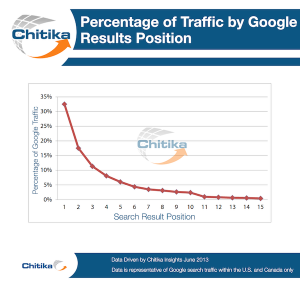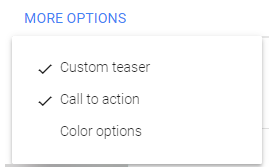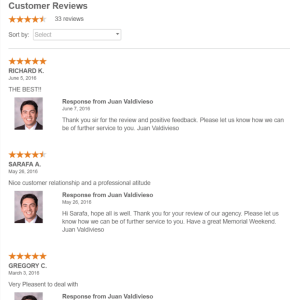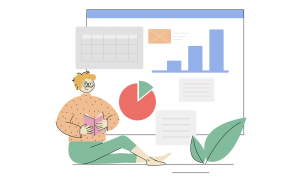Digital transformation is all about using technology to improve our daily lives. While we hear a lot about new technology making the customer experience more streamlined and compelling, it’s also true that the employee experience is being enhanced through new technology. In fact, HR departments consider the digital transformation critical to the employee experience, according to Employee Benefit News: “New technologies are no longer a nice-to-have, but a must-have. In fact, the vast majority (92 percent) of C-suite and HR leaders … say that they believe technology enhances the attraction, engagement, and retention of employees. That’s up from 79 percent who said the same in 2016.” Here are some of the ways that new digital systems can make companies more supportive and engaging on the human level.
Onboarding new hires
When a new employee arrives, they have a lot to learn. That initial employment period is a fragile time in the relationship with employees: Gallup notes that “only 12 percent of employees strongly agree that their organization does a great job of onboarding new employees,” and up to half of all new hires end up leaving after 18 months. Research published in HR Technologist corroborates this, finding that over one quarter of new hires leave in the first 90 days. One reason for this high turnover, according to the Gallup report, is that a poor onboarding process interferes with the new employee’s development of an emotional bond with their company. Digital technology, in the form of new training methods, can greatly improve this situation. Augmented reality (AR) is now being used to create immersive learning environments that offer instruction through all the senses. One example of how this works is a training situation in which an employee can point their mobile device at individual pieces of equipment and access specialized instructions whenever they need them.
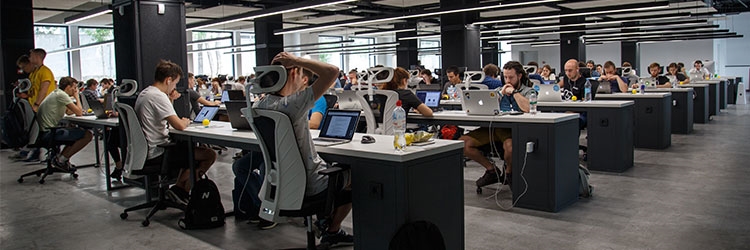
Employee feedback
Natalie Baumgartner, Chief Workforce Scientist at Achievers, reminds us that “more than one-third of the workforce believes that their employers do not listen to their ideas.”
Organizations that provide continuous employee feedback see a 12 percent improvement in performance, according to Gartner Research, and peer feedback is even more powerful, upping performance by 14 percent. Interestingly, according to this report, employee feedback should take into account how the worker’s future plans and ambitions can benefit the company. In other words, feedback should not only be backward-looking, but should also talk about future performance. The only way to effectively engage in such a conversation is to listen closely to what an employee has to say. And that listening has to be conducted on a frequent basis, rather than in one isolated conversation. In Gartner’s words, “Inspire employees to perform with ongoing — not episodic — feedback.”
Digital feedback platforms make it possible to gain unprecedented insights into what matters to employees. Technology opens an always-on line of communication with employees, empowering and building trust with them. Take part in the digital transformation and start offering your employees more ways to provide their honest feedback, whether through pulse surveys or chatbots. When it comes to improving the employee experience, who better to learn from than your employees? Start taking action on employee feedback and you will see a significant improvement in engagement. If you’re still not convinced, consider this: 44 percent of employees said their company and manager was just “okay” at acting on feedback and 23 percent say they’re “horrible”.
Benefits clarification
Regardless of how long an employee has been with an organization, they still face challenges in understanding available benefits. Employee Benefit News points out that just 4 percent of Americans can define the terms “coinsurance,” “co-pay,” “deductible,” and “out-of-pocket maximum.” The ever-changing health insurance and retirement landscapes means that HR departments are constantly faced with the need to simplify highly complex information. Personalized information modules, chatbots, and voice-activated searches are just some of the ways in which multi-part benefit choices can be made easy (and even pleasant!) for workers to navigate. Some companies create libraries of explainer videos for employees on social media, while others create voice-activated virtual assistants that can answer employee questions about health and company benefits. Meanwhile, streamlined new platforms are also being launched that simplify benefit management on the HR side, saving time and freeing staff to provide direct personal guidance to members when it’s really needed.

Health and wellness encouragement
Many workers already use personal wellness-related technology, such as Fitbits or blood glucose monitoring devices. With new digital options being rolled out, employers have more ways in which to encourage healthy behaviors in their staff. One example of this is the Welltrinsic Sleep Wellness Program, which educates employees about the importance of adequate sleep, while providing an app that lets each person track their own sleep cycles.
Mental health is another big area where workers need more support. According to Employee Benefit News, 42 percent of workers say their employer doesn’t offer any support or programs for mental health, while another 11 percent have no idea what their employer offers. Digital transformation offers new options in this arena as well: Health tech company Big Health recently released an app called Daylight, for companies to share with their employees. This smartphone app uses interactive voice conversations and animation to help workers adjust negative attitudes, anxiety, and depression. Boston Medical Center experimentally began sharing this new app with one-third of their workers in February 2019, and in May it decided to give it to all of them.
Recognition and rewards
Technology is the new bridge between people — the way we link to each other. There’s a reason that social media has become such a big part of how we all relate; it just feels good to have someone else publicly recognize what you’ve done. With today’s digital recognition platforms, companies can leverage the power of social recognition to let an employee know their efforts have been noticed and appreciated on a daily basis.
Deploying the right technology for recognition and rewards is more important than ever: 64 percent of employees have one foot out the door and only 13 percent of employees are recognized more than monthly, despite 82 percent of employees stating they want to be recognized more for their contributions. Recognition has the greatest impact on employee engagement, which shows just how powerful a force appreciation truly is. And how does software enter the picture? It automates and streamlines the entire recognition and rewards process for employees of all levels, and provides a platform with company-wide visibility. Employees can easily send and receive social or points-based recognitions, tie company values to recognitions, and sign digital celebration cards to name a few.
Furthermore, it’s important to remember that casual in-person recognition can’t happen when everyone’s in a different location. Forty-three percent of American workers now work remotely at least part of the time. If co-workers and supervisors aren’t meeting up in person, then technology is the channel through which they can give each other a virtual high five or a heartfelt “thank you.”

Embrace the digital transformation
In the early days of digital transformation, there was a popular fear that more technology would result in a colder, less personal experience. Instead, it turns out that digital channels actually make the workplace a warmer environment — one in which each person’s efforts and feedback are carefully noted. To learn more about the employee experience as part of a digital transformation, read our white paper, “The New Digital Workforce: A Guide to Engaging Today’s Employees.”
Business & Finance Articles on Business 2 Community
(48)

